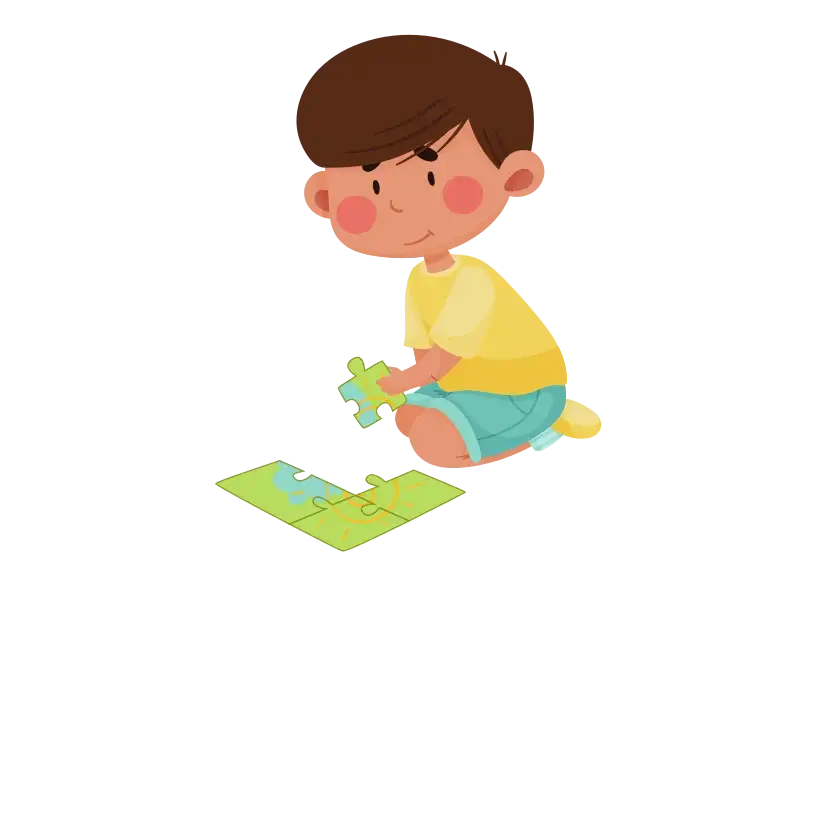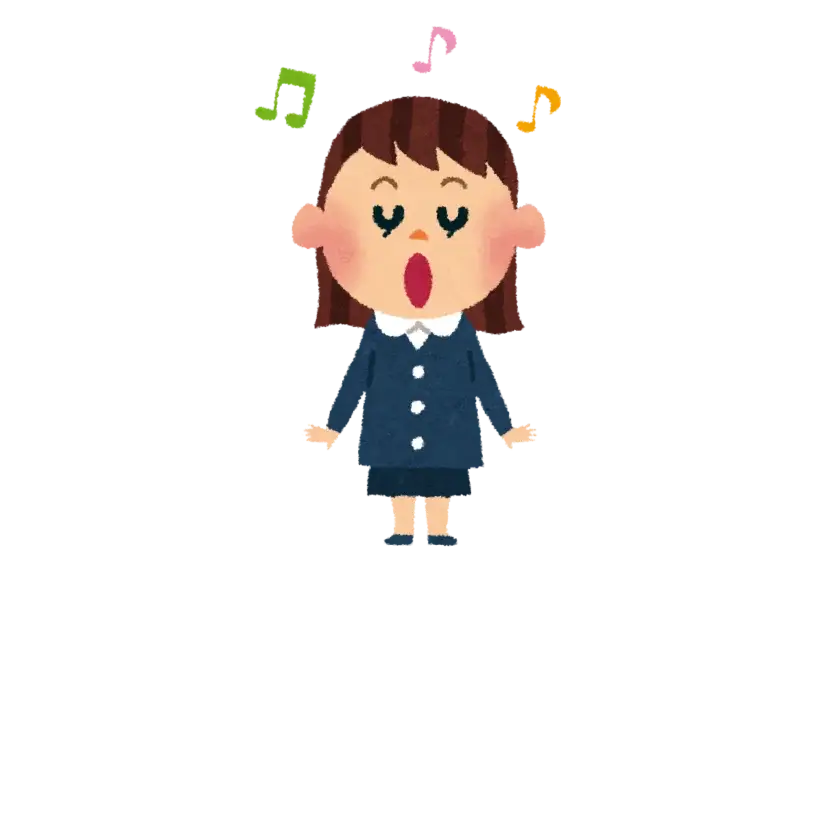Menu

At 22 months, your child’s personality is starting to shine! They may assert themselves more, displaying a touch of bossiness and attitude as they explore their independence. It’s normal to feel like you’re figuring things out as you go, especially when balancing boundaries and promoting healthy eating habits for your little one.
Remember, every child is unique, and there’s no one-size-fits-all approach to parenting. Embrace the unpredictable adventure ahead, and trust your instincts as you guide your little one through this exciting stage of development!
As your 22-month-old learns new skills, they may become frustrated if they struggle with something or are not allowed to do what they want. However, resisting the temptation to always step in and assist is important. Allowing them to face small challenges occasionally helps them become more independent.
By letting them try and overcome obstacles independently, you’re allowing them to build confidence and problem-solving skills.
Your little one’s growth is likely on track if they weigh around 25.4 pounds (girls) or 25.9 pounds(boys) and stand about 33.4 inches tall for girls or 33.9 inches for boys. Remember that every child grows at their own pace, so as long as they’re healthy and happy, there’s no need to worry too much about hitting exact averages.
Mealtime is important for your child at this age, but it’s advisable not to stress over it. Avoid arguments or lengthy talks if your child doesn’t want to eat certain foods, such as green beans. Instead, offer healthy alternatives and allow them to decide. Giving praise for choosing well can be helpful.
Children between the ages of one and two should follow a meal pattern similar to adults, with three or four meals and two snacks each day. It’s important to offer a variety of foods from all food groups—vegetables, fruits, grains, protein, and dairy—daily to ensure they receive a balanced diet.
At 22 months old, most children should drink whole milk, as fat is crucial for brain development and requires vitamin D for strong bones. When they reach age 2, switching to 1 per cent or skim milk is recommended. Paediatricians advise that children aged one to three consume 700 mg of calcium daily.
If your child doesn’t get enough calcium from other sources, they may need about three 8-ounce cups of milk daily. Adjust their milk intake accordingly if they consume other calcium-rich foods.
On average, most 22-month-olds require approximately 11 to 12 hours of sleep during the night. Additionally, they typically benefit from a daytime nap, ranging from 1.5 to 3 hours. This amounts to around 13 to 14 hours of sleep per day. Establishing a consistent bedtime routine and creating a comfortable sleep environment to support your child’s sleep needs is essential.
Your toddler might experience sleep regression due to various reasons. If your child who previously slept well experiences difficulties falling asleep, staying asleep, or waking up more frequently during the night. It could be due to reasons such as teething, separation anxiety, illness or a change in their sleep routine. To address this, it’s essential to identify the underlying cause so you can support your child through it.
Address any underlying issues such as discomfort from teething or illness. Stick to your usual bedtime routine and establish clear boundaries, such as not allowing them to sleep in your room, to help them return to their regular sleep pattern. Consistency and reassurance are key in helping your child overcome sleep disturbances and regain their restful nights.
Sleep regression in a 22-month-old child can occur due to various reasons, including developmental milestones, changes in routine, teething, illness, separation anxiety, or other disruptions. During a sleep regression, a child who previously slept well may experience difficulties falling asleep, staying asleep, or waking up more frequently during the night.
It’s important for parents to remain patient and consistent with bedtime routines, provide comfort and reassurance to their child, and address any underlying issues such as discomfort from teething or illness.
Establishing a calming bedtime routine and creating a comfortable sleep environment can also help ease the transition through the regression period. If the sleep disturbances persist or significantly impact the child’s well-being, consulting with a paediatrician may be beneficial to address any underlying concerns.

Between 1 and 2, your baby’s visual abilities significantly develop. They become more adept at perceiving details and depth, essential for moving around their environment effectively. By age 2, their vision is quite well-developed, allowing them to notice subtle nuances in their surroundings.
As a parent, you can support this development by providing various visually stimulating experiences, such as colourful books, engaging toys, and outings to different places where they can encounter new sights and scenes.

Throughout the toddler years, language comprehension continues to advance rapidly. By around 22 months, toddlers can understand simple commands and recognise the names of familiar objects and people in their environment. While their spoken vocabulary may still be limited, they communicate effectively through nonverbal means and enjoy engaging with auditory stimuli like music, stories, and conversations.
Encouraging interactive and auditory-rich experiences can further enhance their language development and cognitive skills.

As toddlers grow, their taste preferences and smell sensitivity evolves. They begin to express preferences for certain flavours and may exhibit aversions to others. It’s common for toddlers to reject new foods initially, but repeated exposure can gradually increase acceptance.
Parents can support this by offering diverse foods and encouraging descriptive discussions about tastes and smells during meals. This helps expand their palate and fosters language development and sensory awareness.

Toddlers’ tactile exploration is crucial to their cognitive and physical development. They use their hands to explore their environment, manipulate objects, and interact with people and surroundings. While they may engage in hitting behaviours as a form of expression, teaching them appropriate ways to communicate and manage frustration is essential.
Providing a safe and stimulating environment for physical exploration, coupled with gentle guidance and positive reinforcement, helps toddlers develop fine motor skills, emotional regulation, and social skills.

Between 1 and 2, your baby’s visual abilities significantly develop. They become more adept at perceiving details and depth, essential for moving around their environment effectively. By age 2, their vision is quite well-developed, allowing them to notice subtle nuances in their surroundings.
As a parent, you can support this development by providing various visually stimulating experiences, such as colourful books, engaging toys, and outings to different places where they can encounter new sights and scenes.

Throughout the toddler years, language comprehension continues to advance rapidly. By around 22 months, toddlers can understand simple commands and recognise the names of familiar objects and people in their environment. While their spoken vocabulary may still be limited, they communicate effectively through nonverbal means and enjoy engaging with auditory stimuli like music, stories, and conversations.
Encouraging interactive and auditory-rich experiences can further enhance their language development and cognitive skills.

As toddlers grow, their taste preferences and smell sensitivity evolves. They begin to express preferences for certain flavours and may exhibit aversions to others. It’s common for toddlers to reject new foods initially, but repeated exposure can gradually increase acceptance.
Parents can support this by offering diverse foods and encouraging descriptive discussions about tastes and smells during meals. This helps expand their palate and fosters language development and sensory awareness.

Toddlers’ tactile exploration is crucial to their cognitive and physical development. They use their hands to explore their environment, manipulate objects, and interact with people and surroundings. While they may engage in hitting behaviours as a form of expression, teaching them appropriate ways to communicate and manage frustration is essential.
Providing a safe and stimulating environment for physical exploration, coupled with gentle guidance and positive reinforcement, helps toddlers develop fine motor skills, emotional regulation, and social skills.

At 22 months, your child may start standing on their tiptoes, giving them extra reach. Remember to keep your kitchen counters clear and any dangerous items out of reach.

As your 22-month-old becomes more physically active, they might try to climb out of their crib. Lower the crib to its lowest setting and consider transitioning to a toddler bed if they keep escaping.

Your 22-month-old’s balance and coordination are improving. You might notice them trying to tackle more challenging obstacles, like playground structures or furniture around the house.

Your 22-month-old is starting to sing simple songs. They may enjoy nursery rhymes or repetitive tunes and try to mimic the melody and lyrics. This development shows their growing interest in music and language.

Your toddler may be able to fit together large, chunky pieces or match shapes and colours. This activity helps improve their problem-solving skills and hand-eye coordination, laying the foundation for more complex tasks in the future.

At 22 months, your child may start standing on their tiptoes, giving them extra reach. Remember to keep your kitchen counters clear and any dangerous items out of reach.

As your 22-month-old becomes more physically active, they might try to climb out of their crib. Lower the crib to its lowest setting and consider transitioning to a toddler bed if they keep escaping.

Your 22-month-old’s balance and coordination are improving. You might notice them trying to tackle more challenging obstacles, like playground structures or furniture around the house.

Your 22-month-old is starting to sing simple songs. They may enjoy nursery rhymes or repetitive tunes and try to mimic the melody and lyrics. This development shows their growing interest in music and language.

Your toddler may be able to fit together large, chunky pieces or match shapes and colours. This activity helps improve their problem-solving skills and hand-eye coordination, laying the foundation for more complex tasks in the future.
Encourage your little one’s uniqueness: Support your little one’s personality by allowing them to warm up to new people at their own pace. If they’re outgoing, let them engage in activities with other children their age.
Learn through play: Encourage creativity during playtime by providing toys that spark imagination, like blocks and kitchen sets. Help them set up forts using sheets and chairs or engage in indoor activities like puzzles and arts and crafts to stimulate their mind.
Read together: Even if your toddler is always on the move, make reading part of your routine. Let them stand or move around while you read, and choose shorter books to match their attention span. Repetition is key for learning, so embrace their favourite stories and read them repeatedly.
Introduce new words: Expand your child’s vocabulary by pointing out new words during everyday activities. Whether you’re shopping or visiting the zoo, narrate the world around them and encourage them to repeat words.
Ride-on toys: Provide your child with cars, wagons, and pushcarts. These toys encourage physical activity and help develop gross motor skills like balance and coordination. Your little one will enjoy exploring their surroundings while staying active and engaged.
Musical instruments: Introduce your child to kid-friendly musical instruments like xylophones, pianos, and drums. Music is a great way to stimulate their senses and encourage creativity. Your toddler can experiment with different sounds and rhythms, enhancing their auditory skills and providing a fun outlet for self-expression.
Ensure your toddler’s diet is balanced with protein, vitamins, minerals, whole grains, and diverse fruits and vegetables to support their growth. Give three nutritious meals and two healthy snacks daily to meet their dietary needs and promote overall health.
At 22 months, your toddler should know at least 50 words and start combining two words into simple sentences. Encourage independence by involving them in daily tasks like setting the table. Develop fine motor skills with activities like cutting, play dough, and puzzles. Enhance gross motor skills with balancing, jumping, and ball play. Introduce concepts like colours, shapes, counting, and opposites to support their learning and prepare them for preschool.
To manage a 2-year-old’s tantrums effectively, prevention is key to addressing their needs promptly. Stay calm during outbursts, remove them from harmful behaviour, and provide comfort without giving in to unreasonable demands. Use brief commands and teach healthier ways to express emotions afterwards, encouraging verbal communication. This approach helps maintain boundaries and promotes emotional regulation.
Some red flags to watch out for in a 22-month-old’s development include delays in communication skills, such as limited babbling, pointing, or gesturing, which may indicate potential language delays. Difficulty understanding simple commands or following directions could also be concerning.
Additionally, a lack of interest in social interaction or playing with others may suggest developmental issues. If a child is not attempting to imitate words or sounds by this age, it could signal a delay in speech development. If you have concerns about your toddler’s development, discussing them with your paediatrician is always a good idea.
You can encourage your 22-month-old’s independence by allowing them to make simple choices, such as selecting their clothes or snacks. Encourage them to help with age-appropriate tasks like putting away toys or feeding themselves. Offer praise and encouragement for their efforts, and provide a safe environment for them to explore and learn on their own.
Ensure your toddler’s diet is balanced with protein, vitamins, minerals, whole grains, and diverse fruits and vegetables to support their growth. Give three nutritious meals and two healthy snacks daily to meet their dietary needs and promote overall health.
At 22 months, your toddler should know at least 50 words and start combining two words into simple sentences. Encourage independence by involving them in daily tasks like setting the table. Develop fine motor skills with activities like cutting, play dough, and puzzles. Enhance gross motor skills with balancing, jumping, and ball play. Introduce concepts like colours, shapes, counting, and opposites to support their learning and prepare them for preschool.
To manage a 2-year-old’s tantrums effectively, prevention is key to addressing their needs promptly. Stay calm during outbursts, remove them from harmful behaviour, and provide comfort without giving in to unreasonable demands. Use brief commands and teach healthier ways to express emotions afterwards, encouraging verbal communication. This approach helps maintain boundaries and promotes emotional regulation.
Some red flags to watch out for in a 22-month-old’s development include delays in communication skills, such as limited babbling, pointing, or gesturing, which may indicate potential language delays. Difficulty understanding simple commands or following directions could also be concerning.
Additionally, a lack of interest in social interaction or playing with others may suggest developmental issues. If a child is not attempting to imitate words or sounds by this age, it could signal a delay in speech development. If you have concerns about your toddler’s development, discussing them with your paediatrician is always a good idea.
You can encourage your 22-month-old’s independence by allowing them to make simple choices, such as selecting their clothes or snacks. Encourage them to help with age-appropriate tasks like putting away toys or feeding themselves. Offer praise and encouragement for their efforts, and provide a safe environment for them to explore and learn on their own.
1. Center for Disease Control and Prevention: Birth to 24 months: Girls: Length-for-age and Weight-for-age percentiles
2. Center for Disease Control and Prevention: Birth to 24 months: Boys: Length-for-age and Weight-for-age percentiles
3. Children Minnesota: The Senses and Your 1-to 2-Year-Old
4. KidsHealth: Nutrition Guide for Toddlers
5. Mayo Clinic: Infant and Toddler Health
6. Raising Children: Toddlers not eating? Ideas and tips
7. Sleep Foundation: 18-Month Sleep Regression
8. Sleep Foundation: How much sleep do babies and kids need?
9. Unicef: Feeding your 1-2 years
© Mindsmaking 2024